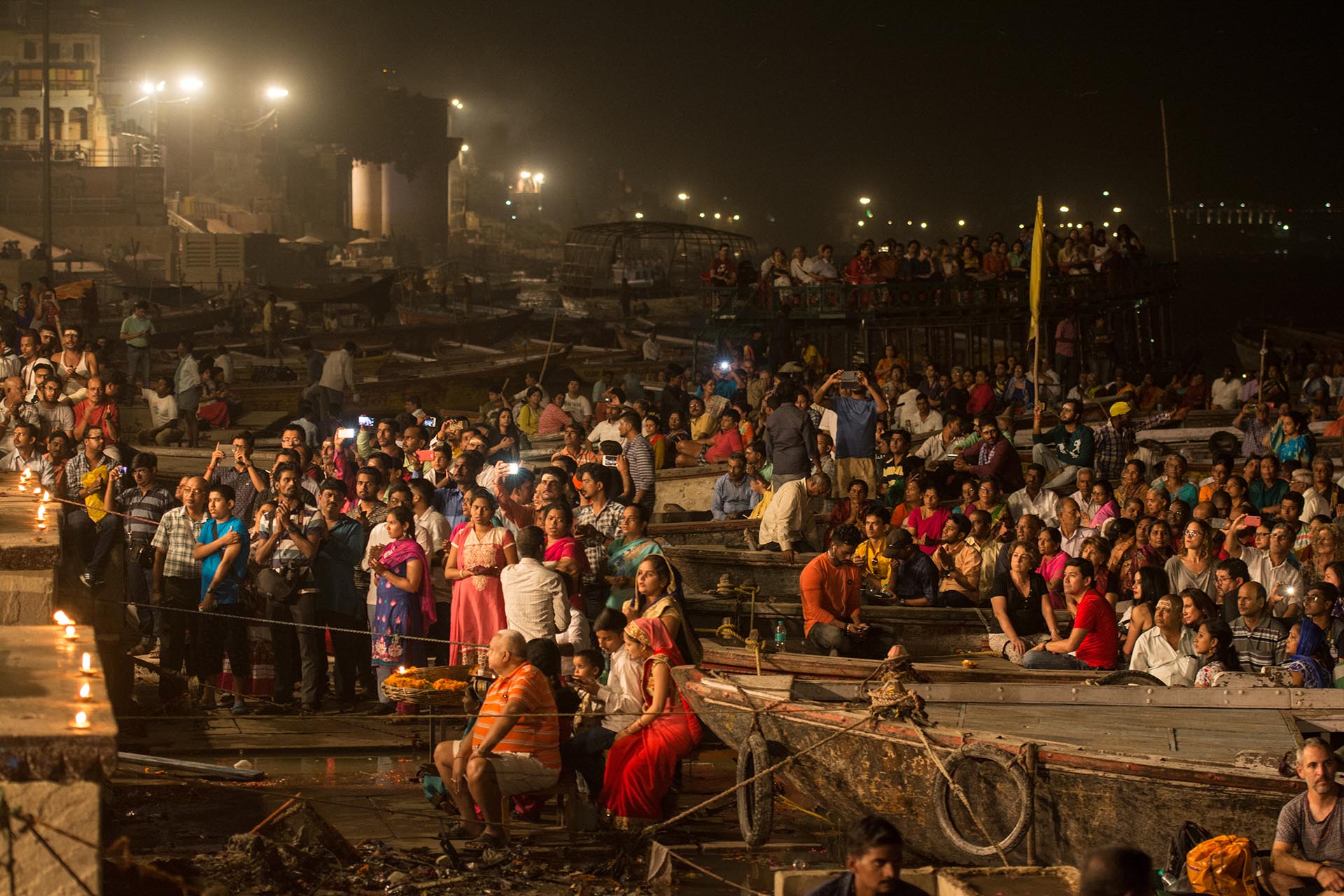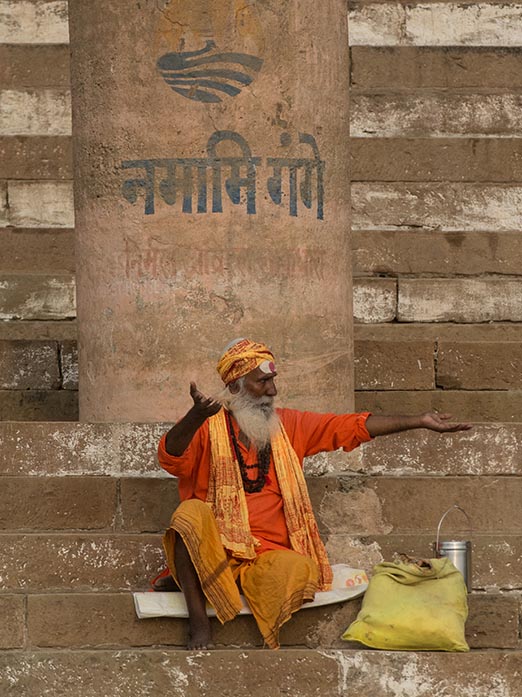The holy madness of Varanasi

Anyone who dies in Varanasi...
and whose ashes are given to the holy river here escapes the eternal cycle of rebirth and goes straight to nirvana. The alleys leading to the cremation ghats are lined with huge piles of wood, whose sellers are among the wealthiest in the city. The wood is expensive, not least because all the forests around Varanasi have long been cut down and the logs have to be brought from far away.

The city is full of old and sick people begging for alms, which they need less for food and shelter and much more to save up for buying firewood. Blackened by the millions of fires over 26 centuries, the temples at the cremation ghats rise up gloomily. But the mood is relaxed, almost cheerful. Relatives and friends watch calmly as the pyres burn down, grateful that their relative is going straight to heaven.
Varanasi is the last city on the Ganges that is considered sacred. From here on it becomes one thing above all: mighty and more and more powerful, because from the north a whole series of large rivers coming from the Himalayas flow into the Ganges, which grows into a stream.
Patna, the capital of the state of Bihar, which is notorious as India's poorhouse, is the largest city on the river. Only from here is the Ganges navigable all year round, further up the course it can only be navigated by shallow barges in the dry season. That's why Patna is usually the final stop of river cruises that start in Calcutta.(...)